- Home
- slideshows
- miscellaneous
- 10 of the strangest ways animals give birth
10 of the strangest ways animals give birth
Giraffes give birth standing up.

Surinam toads give birth out of their backs.
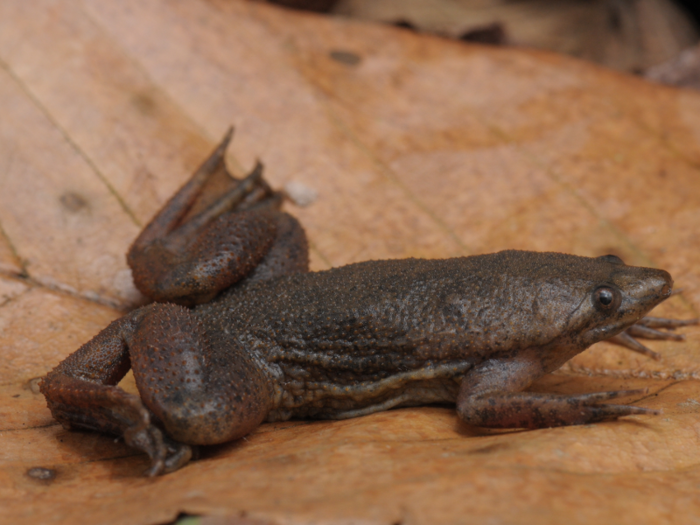
Surinam (or Suriname) toads enter the world out of holes on their mom's back.
First, the female toad lays her eggs. Then the male toad fertilizes the eggs and places all of the eggs on the female's back. Skin grows over the eggs, protecting them until they hatch. After about seven days, the baby toads squirm out of holes in the protective skin.
Spotted hyenas have a painful and risky birthing process.
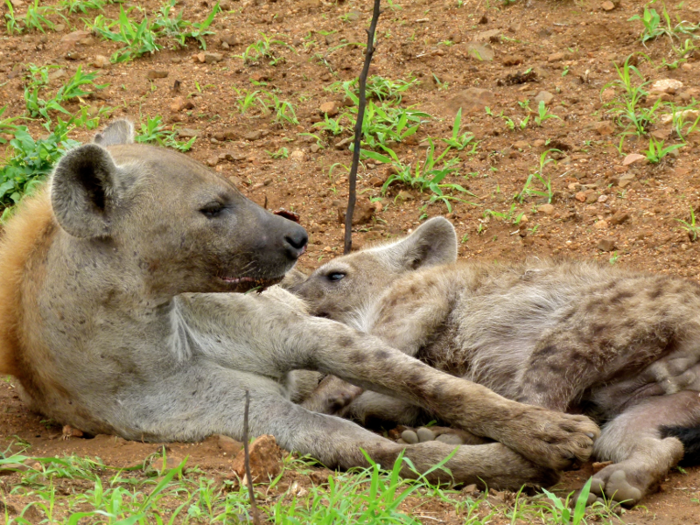
Female hyenas have three times more testosterone than males, which results in a peculiar and risky labor process. Female hyenas give birth through their clitoris, also called a pseudo-penis. The birth canal of a hyena is only about one inch across, and consequently, many hyena babies do not survive. Suffocation is a frequent occurrence for the cubs, as is the death of first-time hyena mothers.
Other animals have a pseudo-penises, too, such as squirrel monkeys, lemurs, fossas, a cat-like carnivorous mammal, and binturongs, mammals with a face like a cat's and a body like a bear's.
The platypus is one of few mammals that lays eggs.
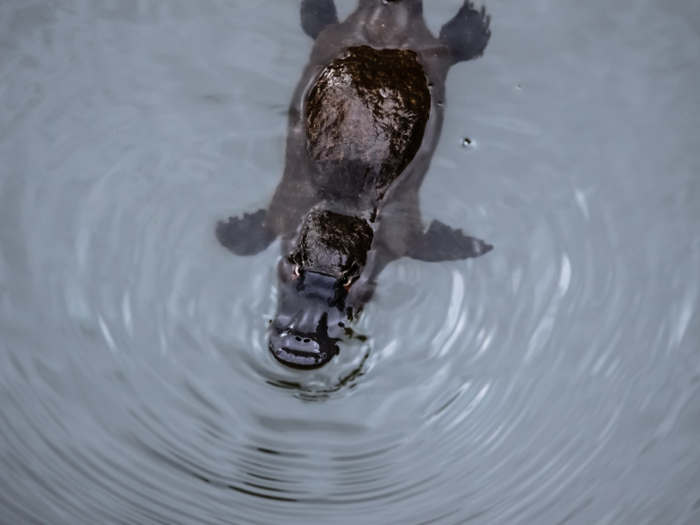
The platypus is one of five mammals that lay eggs. The female builds a burrow and lays her eggs there. The eggs gestate for two weeks, and then the female platypus incubates the eggs for another 10 days by warming them with her tail. The female helps the egg-hatching process along with an egg tooth, (a toothlike structure that the platypus develops to break the shell of the egg) and a caruncle (a strong bump on the snout) — evolutionary characteristics the platypus still has from its reptilian days.
Marsupial babies are born in an embryonic state.
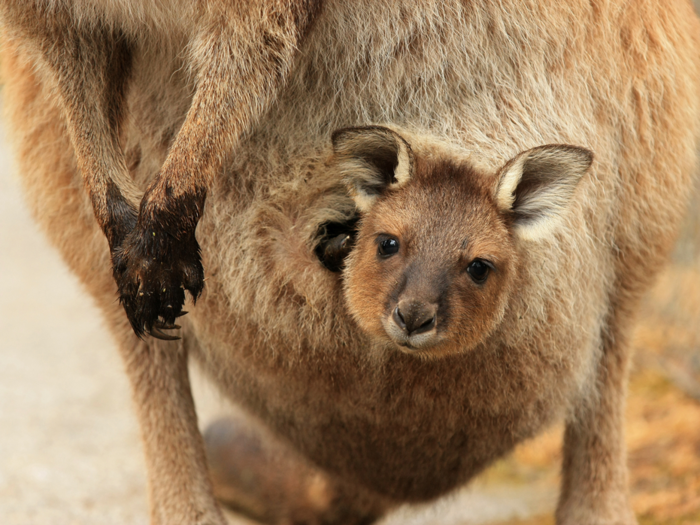
Female marsupials (a category that includes kangaroos, wallabies, and opossums) have two uteruses. They also have three vaginas: two for intercourse and a third for giving birth.
Marsupials don't have placenta like most mammals, and marsupial babies only gestate for about a month. Then they are born in an embryonic state. Although their eyes and ears are hardly mature at this stage, their nose, mouth, and front limbs are developed enough to climb into their mother's pouch, where they continue growing. Young marsupials depend heavily on their mother's milk to flourish.
Male seahorses give birth.
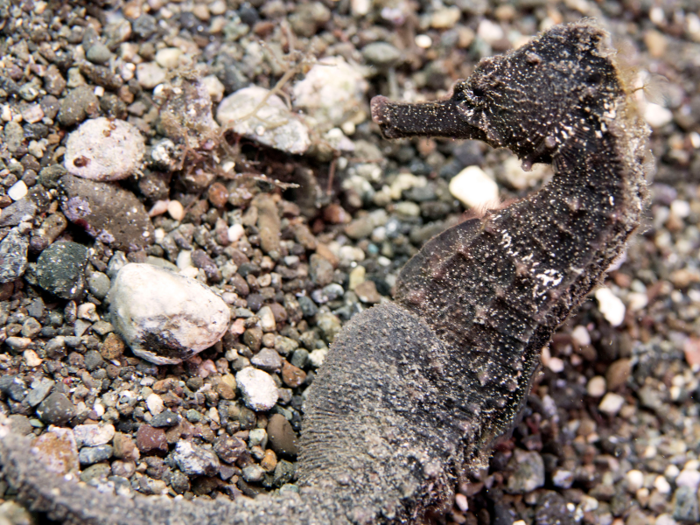
The seahorse is a member of the Syngnathidae family of fish, which has over 300 species. To reproduce, the female seahorse leaves her eggs in the male seahorse's brood pouch, where the eggs are fertilized. Sometimes the eggs are attached to the male's tail instead. After about 20 days, the male gives birth to more than 1,000 tiny seahorses.
The pipefish and leafy sea dragons also give birth this way.
Cichlids hold fertilized eggs in their mouth.
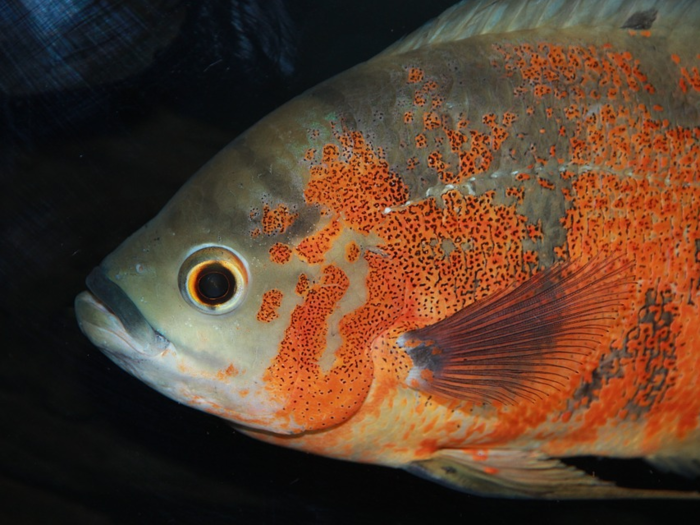
Cichlids are from the large fish family called Cichlidae, which includes tilapia and angelfish.
When they reproduce, the male puts the fertilized eggs in his mouth, which is where they stay until hatching. This process is called mouthbrooding.
The male fish is unable to eat at this time. Sometimes the female fish will carry the fertilized eggs in her mouth, or the male and female will trade off, which is called biparental mouthbrooding. Typically fish that are born via mouthbrooding are underweight at first and require recovery time to feed and grow.
The Cuckoo catfish forces others to raise its young.

The cuckoo catfish engages in a chaotic game of cannibalism to give birth.
The catfish use the mouth of the cichlid to harbor her eggs. The cuckoo catfish will actually swim over and lay an egg in the mouth of a cichlid for her to carry.
While this is happening, the male cichlid dives in to fertilize what he thinks are the female cichlid's eggs but are actually the cuckoo catfish's eggs. All of this happens in a few seconds.
Because the cuckoo catfish eggs grow and hatch faster than the remaining of the cichlid's eggs, the newborns often eat the cichlid's own eggs.
Australian spider wasps have a slightly disturbing birthing process.
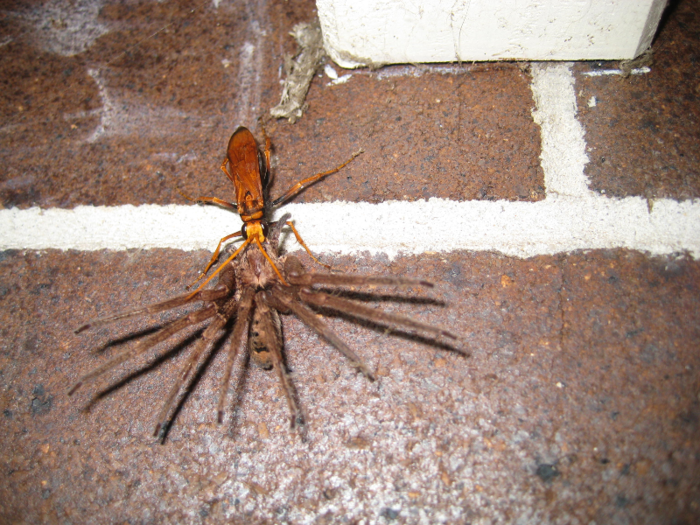
To reproduce, the spider wasp first injures a huntsman spider to the point of paralysis. Then the wasp then lays its egg in the huntsman spider's stomach. The wasp waits for the egg to gestate and hatch. Then as the egg hatches, the wasp devours the spider entirely.
Flatworms can split into two to create new flatworms.
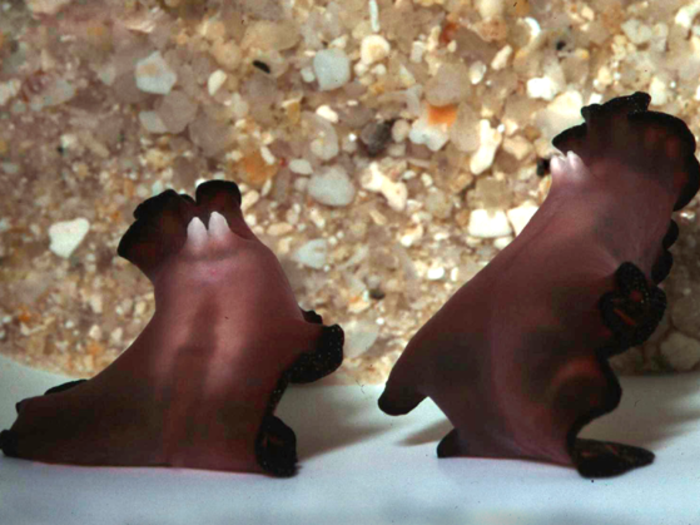
Flatworms lay fertilized eggs that grow in a cocoon inside their bodies. The worm can fertilize its own eggs with sperm from its body. Flatworms can also reproduce by splitting off a piece of its own body and then allowing it to grow into a second worm.
A third option for flatworm reproduction is called penis fencing, which involves pushing their sperm into the exterior skin of another flatworm.
Popular Right Now
Popular Keywords
Advertisement